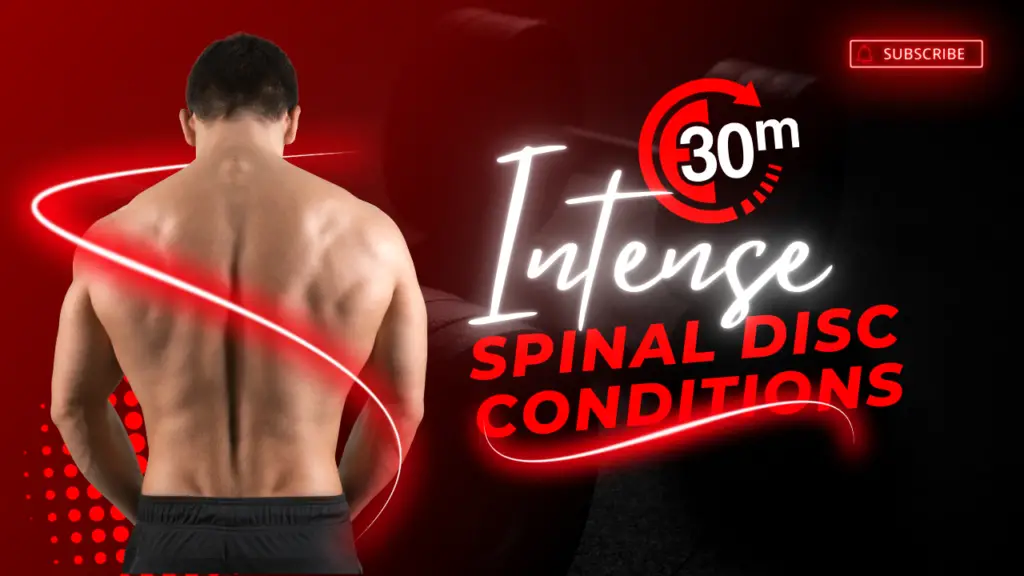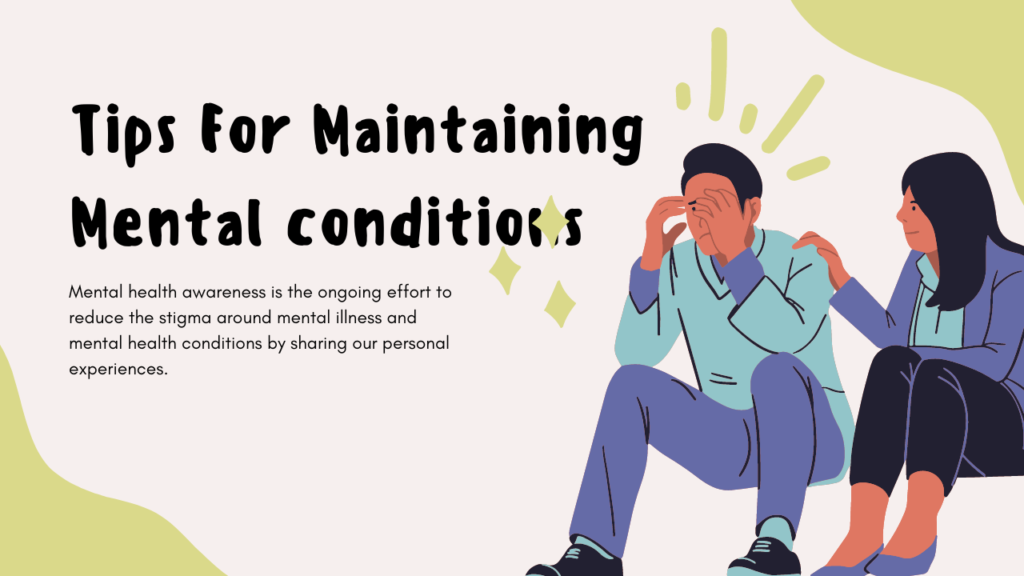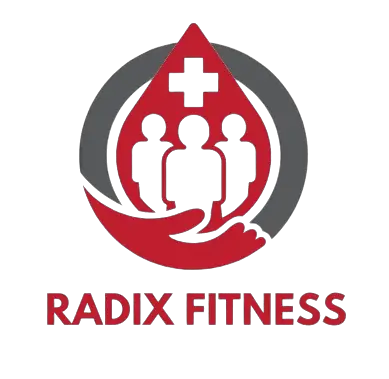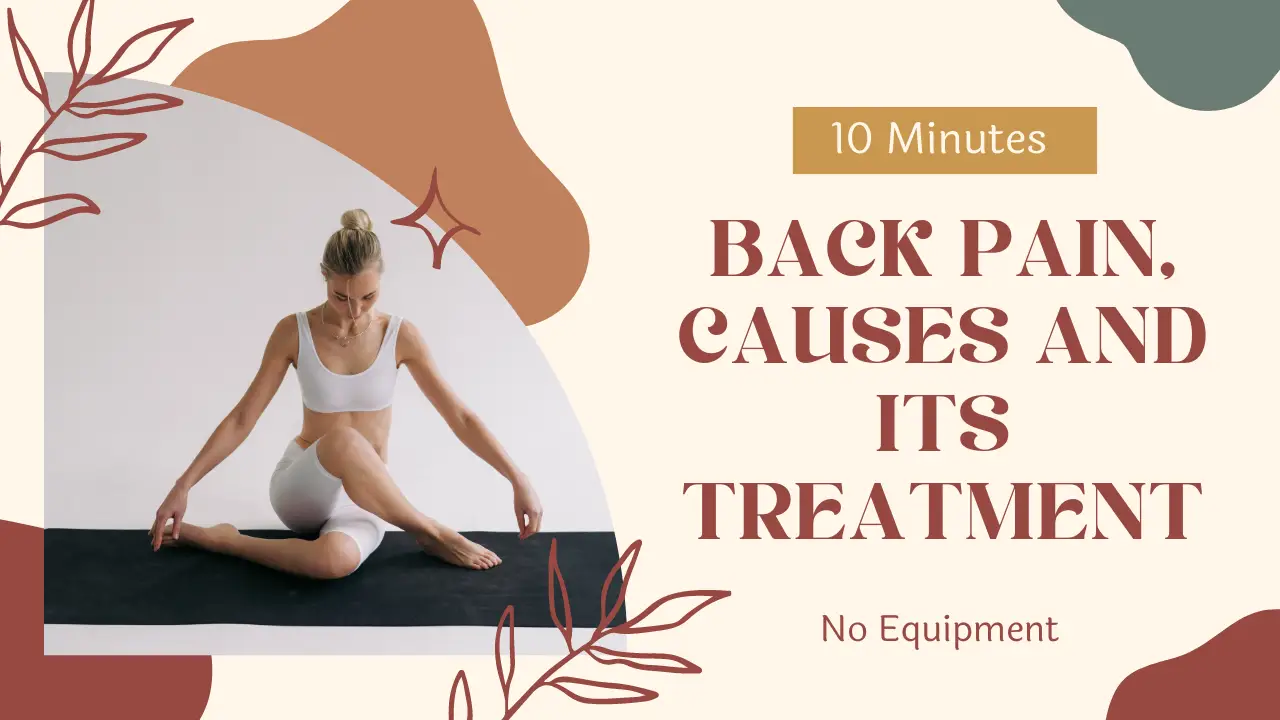With the holiday season upon us, it’s easy to feel the impact of travel, decorating, and gift wrapping on your back areas. To reduce this discomfort as quickly as possible, you may experience pain or the urge to pull or pull your back. However, a burning sensation in your back can indicate other health conditions that may take time to heal. Fortunately, by knowing the causes and treatment options, you can feel comfortable in your back to get back to the activities you love. Learn about the symptoms, risks, and treatments for back pain below.
Causes of back pain
Back pain is caused by repeatedly bending over, sitting with poor posture, and sleeping in an abnormal position. However, a tingling sensation or burning pain in the back usually indicates an underlying health condition that can make it difficult to pinpoint the cause.
The most common causes of back pain include the following health conditions:
Shingles:
If you’re feeling itchy Where there is tingling pain in your back, you may experience shingles. If you had chickenpox as a child, these temporary spots could re-emerge on the road as a painful viral infection in the body. The rash caused a bright red stripe on one side of your back. Shingles caused a tingling and burning sensation on the surface of the skin, rather than deep internal pain.
Spinal disc conditions:

As we age, our spinal discs degrade, which can cause burning or tingling sensations in the back. Without correct therapy to alleviate these symptoms, disc degeneration can lead to chronic back disorders such as sciatica, herniated discs, adult scoliosis, spondylolisthesis, and spinal stenosis.
Arachnoiditis:
Arachnoiditis can be caused by spinal surgery, back trauma, or spine compression. This neurological ailment is present at the moment. When the tissue in your back protects your spinal nerves. Swelling occurs, staining the tissue. As a result, you may have scorching pain, tingling, or numbness in the lower back and below the waist. Stretching the back Stretching the back Contact with the continually stretching muscles in your back can If they are stressed for an extended period of time, they may have a dull ache or a scorching sensation in the center of their back.
Arthritis
Arthritis is the reason for the discomfort of wrists, knees, and fingers, as well as in your spine. Over time, the cartilage around your spine’s joints deteriorates, causing the spinal discs to become inflamed. Arthritis can cause a burning feeling down the spine.
What are the risk factors for back pain?
The underlying health conditions listed above can occur naturally with age, illness, or sudden injury. Although back pain may not appear out of nowhere, a few risk factors can cause these symptoms. If you have any of these conditions So, inform your doctor as soon as possible to find out the cause of your back pain.
Factors associated with back pain include the following:

Mental conditions:
Back muscles physically affect chronic stress, anxiety, and depression which causes them to be under stress for long periods of time. Stress to the back muscles can result in back spasms that feel like burning, tingling, or numbness, affecting movement. Lack of exercise: A lack of muscle activity or stretching every day can cause parts of your back to stiffen, causing a feeling of numbness and burning.
Lifting Heavy Objects:
Muscles need strength to lift heavy objects without pain. When we use back muscles to lift objects, the tissues around the spine become inflamed and torn, causing a burning sensation in your spine. You can also damage your back muscles if you don’t lift from your legs
Illnesses:
It seems strange to take something for granted as chickenpox and arthritis can significantly affect your back and movements, but these diseases are some of the main causes of back pain. Chickenpox is a common childhood disease that can result in shingles later in life, while joint pain can appear during adulthood with overuse of joints
Age Factor:
Some back pain occurs naturally with age, including spinal disorders and arthritis. Irritation from a herniated disc or pain in your spinal joints is common in older people, but you can still treat these symptoms to feel better as soon as possible.
Smoking Factor:
Coughing from cigarette smoke can cause lower back pain or irritation from a herniated disc. Lack of blood flow to the spine can also lead to numbness and tingling due to smoking
What is the treatment for back pain?
Back pain can affect our health, well-being, and daily routine, so we should find the best solution as soon as possible. With the right specialists and plans to relieve your back pain on your behalf, you can go back to your favorite activities and daily schedule. Treatment options for burning back pain can be a quick procedure to travel or rapid relief of physical changes in your body without surgery.
It depends on what’s causing your back pain, a doctor may recommend surgical or non-surgical methods. You get a chance to feel yourself again. If you prefer to stop surgery and your doctor gives you the green light to receive non-surgical treatment, you can try the following six treatments to relieve spinal cord burn pain:
The physical therapy
Changes in lifestyle
Electric stimulation
Epidural steroid injections
Spine in the spine
The back of a statue
In some cases, your back condition may require surgery to correct the structure of the spine to relieve compression. Fortunately, most surgeries to reduce spinal pain are minimally invasive or can reduce pain more quickly than non-surgical methods. Common neuro-surgeries associated with back pain include the following:
Fusion of the spine
The replacement of the artificial disk
Laminectomy
Cervical discectomy
Kyphoplasty and Vertebroplasty
When you need to see a doctor
Over time, minor back pain can turn into a health condition that disrupts your daily routine. To avoid changing daily plans for new situations due to back pain, you should see a doctor as soon as possible to assess your needs. If back pain is caused by a herniated disc, spinal stenosis, scoliosis, vertebral fracture, or sciatica then the doctor will recommend an appointment as soon as possible. Meet with a neurosurgeon.

